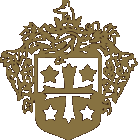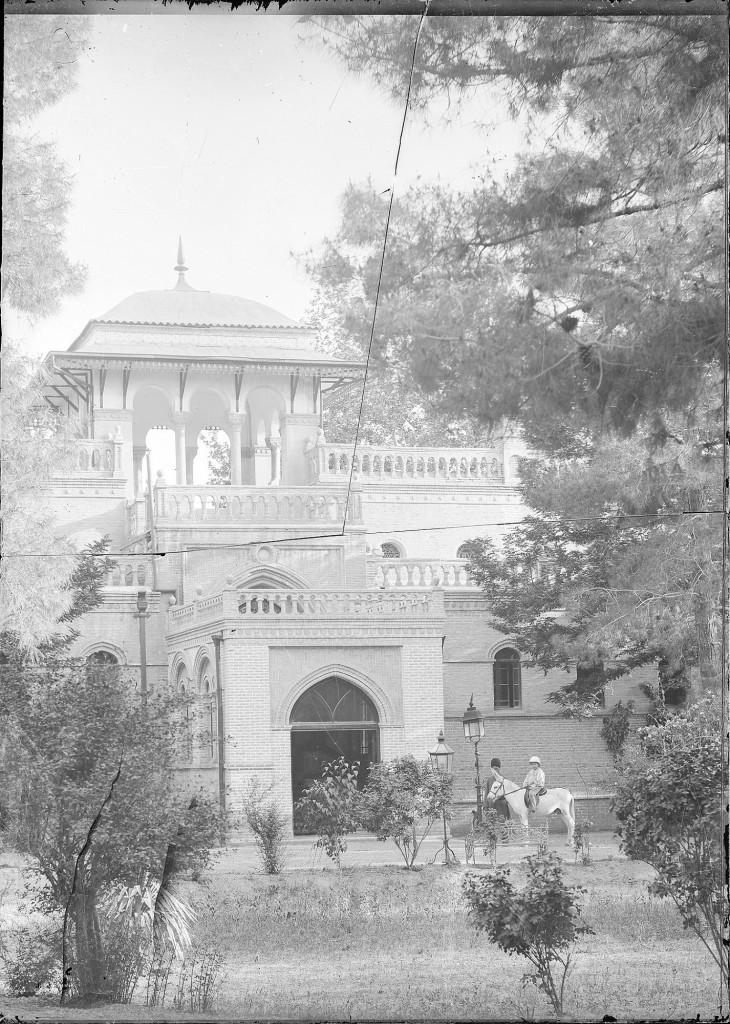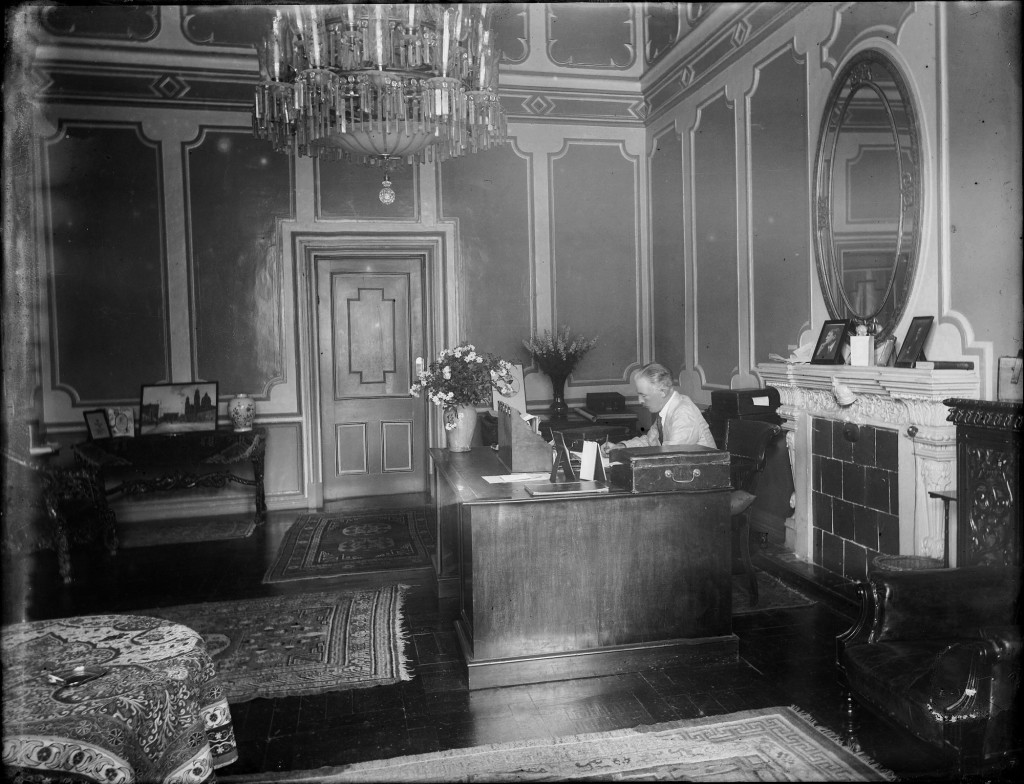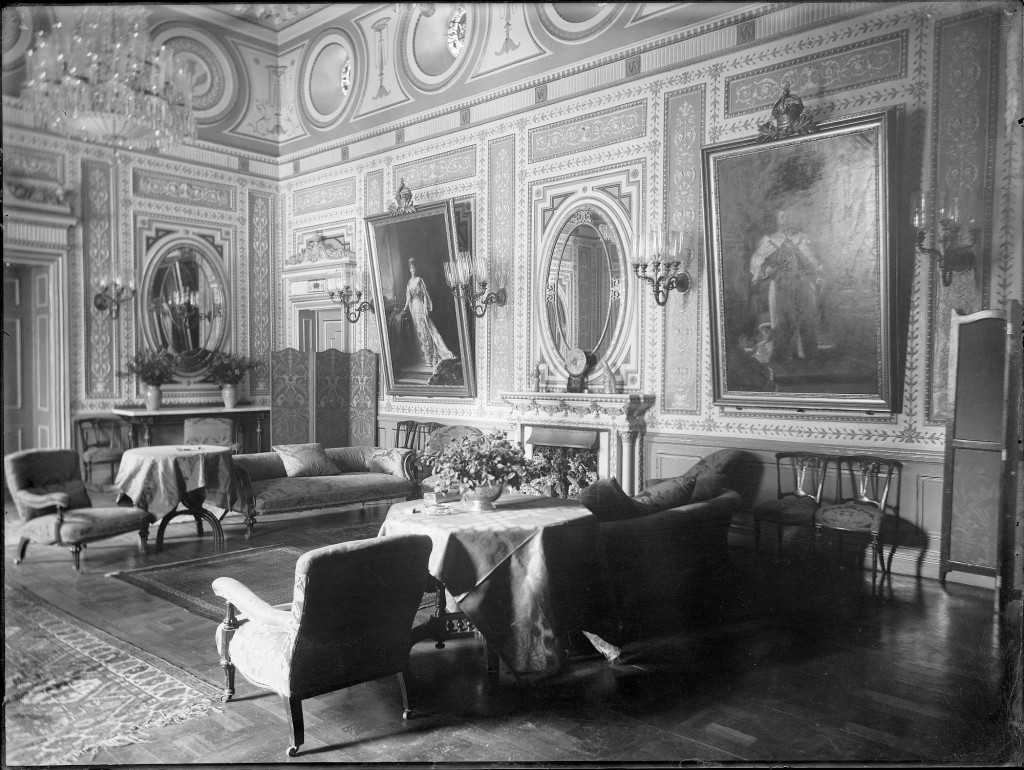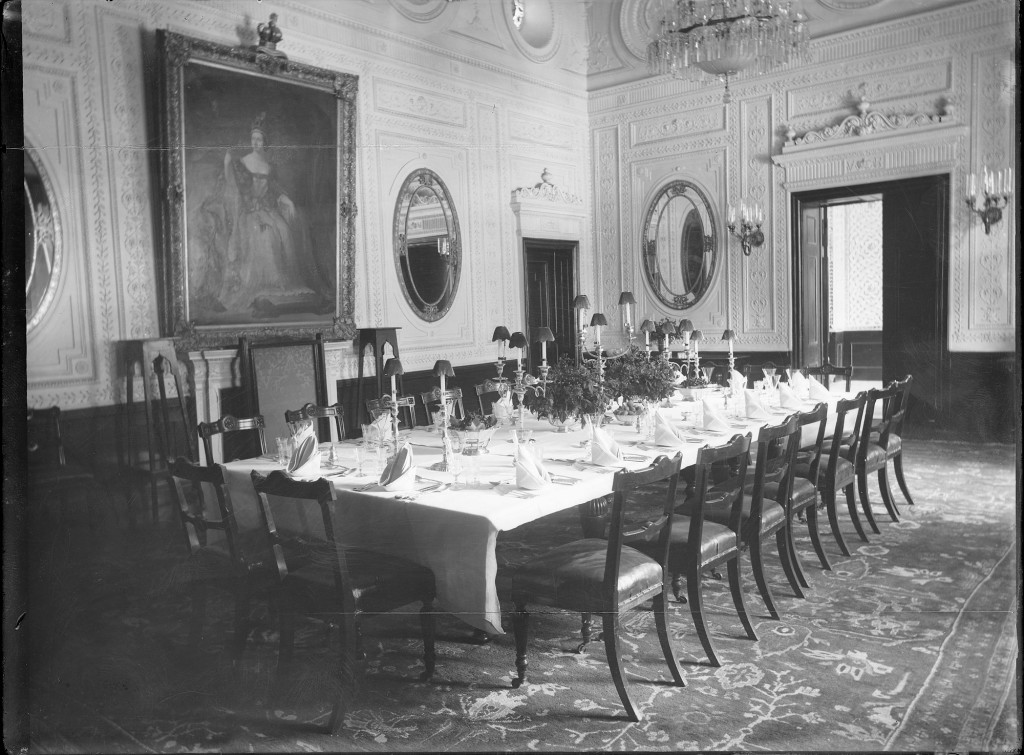The Historic British Embassy in Tehran.
Images via Smithsonian: Handwritten information on slip of paper (from a 1943-1944 cash book, produced by the Bathni Brothers, Tehran) reads, “27) Interior of British Embassy.” [Myron Bement Smith Collection, Subseries 2.1: Islamic Archives History, Collection Information
– Myron Bement Smith handwritten caption in English reads, “47.P; Box 41.6: Tehran. British Embassy. Interior. (# 27).” [Myron Bement Smith Collection, Subseries 2.1: Islamic Archives History, Collection Information; Box 60; Folder 44: 47 P: Antoine Sevruguin, glass negatives, Iran
The British embassy in Iran was reopened this weekend by UK foreign secretary, Philip Hammond. The embassy building itself has a rich & storied past.
The British embassy in Tehran was constructed by British Architect. James Wild (March 9, 1814 – November7, 1892) on a piece of land acquired by the British government in 1860. The construction of the building lasted for almost sixteen years, the bulk of which was constructed from 1871 to 1876. Construction was complicated by Wild’s decision to transport the roof and other materials, such as glass, from the UK. Part of the roof was lost at sea in 1871, and two caravans of 367 camels transporting other materials were variously robbed by bandits and held to ransom by excise official and a ship carrying glass and joinery caught fire at the port city of Bushehr.
The British Embassy to Iran was designed from the South Kensington Museum (today the Victoria and Albert Museum) in London, in 1869. James Wild had a strong reputation as a specialist in Middle Eastern architectural design, which he had studied and extensively drawn while living in Egypt between 1842 and 1848. He was sympathetic to the general principles laid out in Jones’ Grammar of Ornament. His Tehran embassy buildings are representative of the “controlled eclecticism” typical of the Design Reform movement broadcast from South Kensington.
Design Reform at the British Embassy: James Wild’s Arabesque Hall in Qajar Tehran. from Orientalist Museum on Vimeo.
Wild’s first proposal for the State Rooms was rejected, apparently because he had selected a “Persian” style: this was not considered workable for Britain’s official profile in Iran, where Britain and Russia struggled for political influence and status at the Qajar court. After a long hiatus, Wild’s second (more conservative) scheme for the State Rooms was approved: this also offered a British assimilation of a “foreign” style, echoing the eighteenth-century British assimilation of Greek and Roman architecture exemplified by neo-classical practitioners such as Robert Adam.
In 1906, the embassy played a key role in the uprising which led to the establishment of a parliament in Iran, when well over 10,000 Tehran people took refuge in the compound.
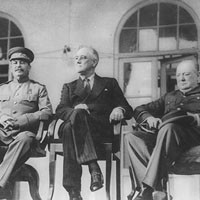
Churchill, Stalin and Roosevelt met at the British embassy in Tehran for the first time to discuss the progress of the war and the future of Europe, even though the bulk of the meetings were at the Soviet embassy. Ambassador, Geoffrey Adam, and his wife, Mary Emma, had restored the interiors the British embassy in Tehran to their former historic glory. Tables and chairs had been repositioned exactly as they were in 1943 when Churchill, Stalin and Roosevelt and their aides met at the Tehran Conference that failed to end the second world war. (Churchill and Stalin reportedly drank whisky and got on famously; Roosevelt looked on disapprovingly.) ^jh
The British Embassy in Tehran
198 Ferdowsi Avenue
Tehran
11316-91144
Iran
Telephone:
+44 20 7008 1500
Further reading and sources:
- Smithsonian Archives: Tehran (Iran): British Embassy: View from Inside the Garden
- The Guardian: British embassy in Iran reopens, Sunday 23 August 2015
- UK in Iran, The British Embassy Tehran
- Wikipedia: Architect, James William Wild (9 March 1814 – 7 November 1892)
- The grammar of ornament, Owen Jones, (1809 – 1874)
- The Tehran Conference, 1943
- Video: Design Reform at the British Embassy: James Wild’s Arabesque Hall in Qajar Tehran.
- South Kensington Museum (today the Victoria and Albert Museum) London
